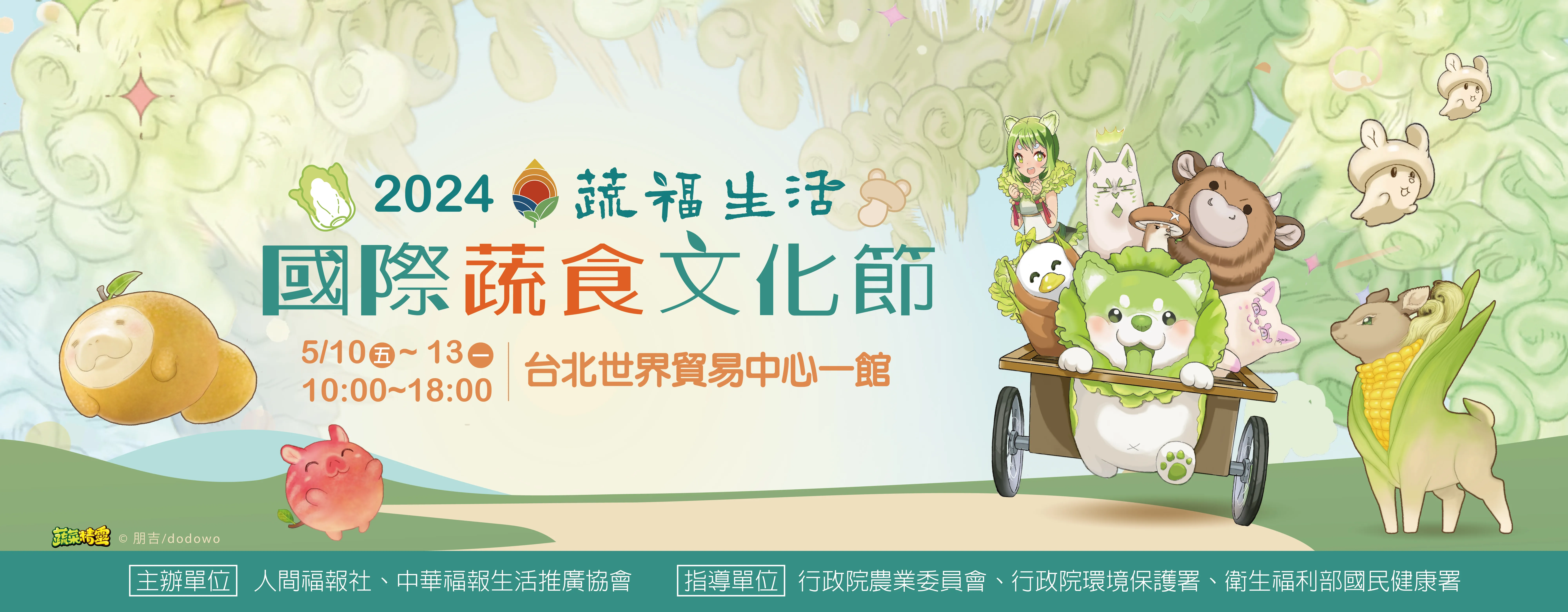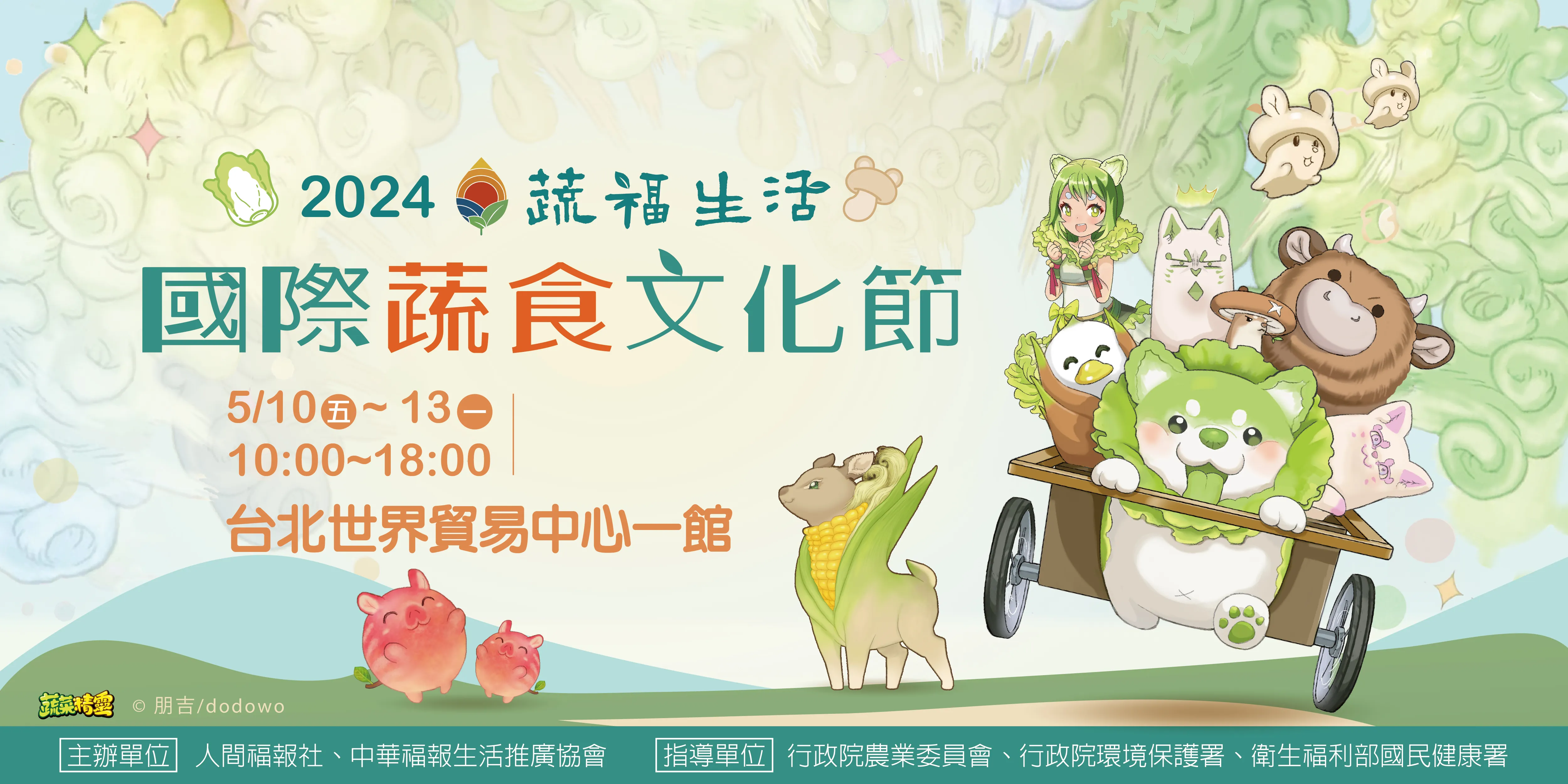


| 時代: | 清朝初期 (西元1643-1722) |
| 出土地點: | 傳世品 |
| 尺寸: | 高度:約44.7 cm 長度:約31 cm 寬度:約20 cm 重量:10,850 g |
| 質地: | 銅鎏金 |
| 數量: | 1 |
身形沉穩端正,承襲明朝遺風。法像髮髻高聳,長髮垂於雙肩,臉型為鵝蛋臉、耳垂長,著袒右肩式輕薄天衣,胸前有瓔珞珠寶,雙手握拳施金剛印,雙腿盤坐於蓮花座上,蓮花座蓮瓣尾外翹,是明朝後期與清朝初期之蓮花座形式,法像背後有火焰背板,背板以銅瘤和法像本身接合。底座可開啟裝藏,底座中央刻有十字金剛杵。
The figure's hairstyle is elevated, with long hair flowing over the shoulders. The face exhibits an oval shape, and the elongated earlobes are distinct features. The deity is adorned in a light celestial scarf draped over the right shoulder, with jewel ornaments hanging on the chest. Both hands are clenched in a vajra fist gesture, and the deity is seated in a cross-legged posture on a lotus pedestal. The lotus pedestal has outward-curving petals at the base, a characteristic form found in the late Ming Dynasty and early Qing Dynasty. A flaming back panel is positioned behind the statue, seamlessly connected to the bronze protuberances on the statue's back. The base of the statue can be opened for storing objects and bears an engraved central design of a crossed vajra club.
整件胎體有銅胎之氧化效應,與清朝銅鎏金相比,胎體微重,也和現代較死沉的銅胎不同,鎏金色澤較偏暖黃色,是明朝後期、清朝初期標準的鎏金方式與銅胎。此件鑄造方式是標準中、大型脫蠟法,局部有沙孔,紋飾細膩,與現代用鑄造範沙法製作,光身或紋飾較少的製作方式截然不同。
The entire bronze body exhibits oxidation effects, resulting in a slightly heavier body compared to the Qing Dynasty gilding technique. The gilding itself features a warm golden hue, adhering to the standard technique prevalent during the late Ming and early Qing Dynasties. The statue was created using the standard medium to large-scale lost-wax casting method. There are occasional sand inclusions in localized areas, while the overall design displays exquisite detailing. This casting method differs significantly from the modern sand casting techniques used for simpler or less adorned pieces.
背板後方、法像本身局部帶標準清朝初期的銅綠綠鏽,部分有因年代久遠鎏金脫落之痕跡,少部分有經過刷清朝時期泥金進行修復的痕跡,背板和蓮座交接處用熔瘤接合,不見現代磨砂工藝痕跡。此件金剛薩埵法像銅胎較厚、身形端正,承襲明朝遺風,但清朝初期法像方開始有藏、漢融合之情況。
Some parts of the back panel and the statue itself display the characteristic copper-green patina associated with the early Qing Dynasty. Some traces of gilding loss due to age are visible, with evidence of restoration work using Qing Dynasty-era clay-gold application in a few areas. The juncture between the back panel and the lotus pedestal is seamlessly fused with bronze protuberances, without modern sanding marks. The Vajrasattva statue features a thicker bronze body with a dignified posture, in accordance with the Ming Dynasty style. However, the early Qing Dynasty saw a fusion of Tibetan and Han styles in statues.
